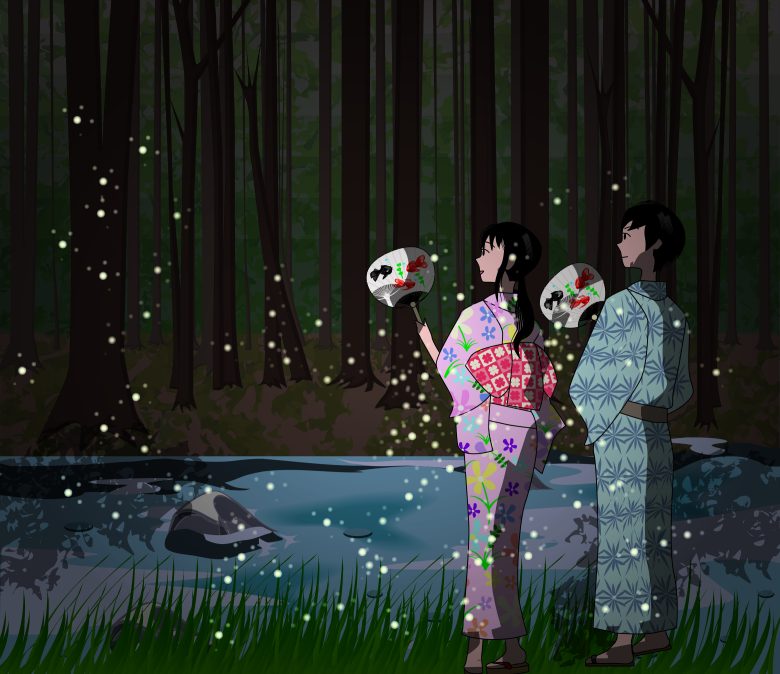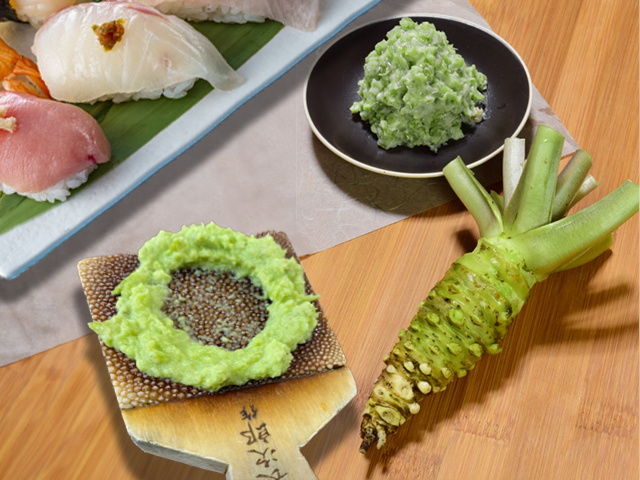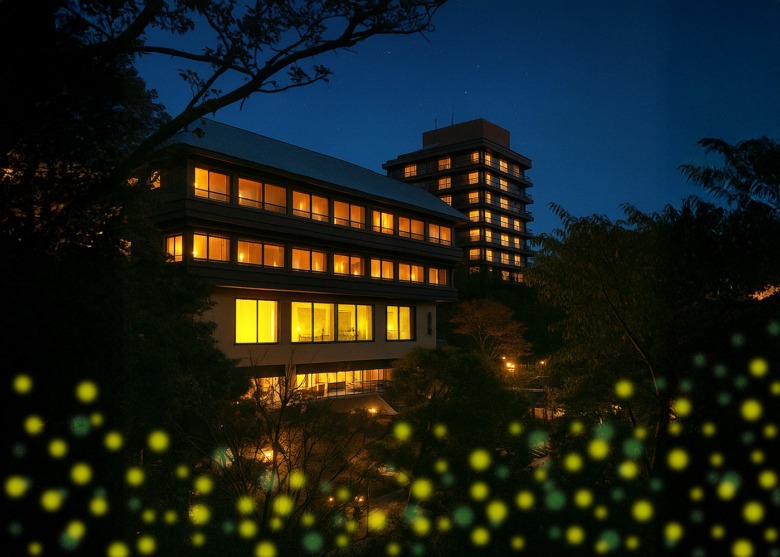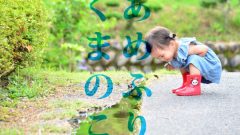Hotaru koi
Hoo hoo hotaru koi
Acchi no mizu wa nigai zo
Kocchi no mizu wa amai zo
Hoo hoo hotaru koiLyricist&Composer:Unkown
firefly come here
Hoo hoo Firefly come here
The water over there is bitter
The water over here is sweet
Hoo hoo Firefly come here

Hotaru koi — The Enchanting World of Firefly Hunting

The song “Hotaru Koi” captures the wonder and anticipation that both children and adults feel during this magical time of year. It’s a moment when the boundary between the human world and nature becomes beautifully blurred, and families come together to experience something that has captivated Japanese hearts for centuries. The simple melody and repetitive lyrics make it easy for even the youngest children to join in, creating a chorus that seems to beckon the fireflies from their hiding places.
A World of Glowing Wonders
Did you know that scientists have discovered approximately 2,000 species of fireflies around the globe? These fascinating insects come in two main varieties: terrestrial fireflies that spend their larval stage on land, and aquatic fireflies that develop in water. What makes this truly remarkable is that of these 2,000 species worldwide, only about 10 are aquatic fireflies—and Japan is home to 3 of these rare species: Genji fireflies (Luciola cruciata), Heike fireflies, and Kumejima fireflies. This extraordinary concentration of aquatic firefly species in Japan—representing 30% of the world’s total—demonstrates the exceptional quality of Japan’s freshwater environments.
What makes this particularly interesting for our song is that adult aquatic fireflies consume only water—no solid food at all! This might explain why the traditional lyrics reference the sweet taste of water, connecting the fireflies’ simple diet to the pure, clean streams where they’re most commonly found.
In Japan, fireflies have become living indicators of environmental health. These delicate creatures can only survive in areas with pristine water quality, making their presence a sign that the local ecosystem is thriving. When you see fireflies dancing above a stream, you’re not just witnessing a beautiful natural phenomenon—you’re looking at nature’s own quality control system in action. This connection between fireflies and clean water has made them symbols of environmental consciousness in Japanese culture.

The Perfect Firefly Habitat: Where Wasabi Grows
Some of the most spectacular firefly displays in Japan occur near mountain streams where wasabi is cultivated. These wasabi fields require the same crystal-clear, cool flowing water that fireflies need to survive, creating the perfect partnership between agriculture and nature. The terraced wasabi beds, with their constant flow of pure mountain water, provide ideal breeding grounds for fireflies while producing one of Japan’s most treasured culinary ingredients.

Wasabi, often called “Japanese horseradish,” is far more than just a condiment—it’s a cultural treasure that perfectly embodies the Japanese appreciation for subtle, natural flavors. True wasabi (hon-wasabi) is quite different from the green paste many people know from sushi restaurants abroad, which is often a mixture of horseradish, mustard, and food coloring. Authentic wasabi has a clean, sharp heat that doesn’t linger, and its flavor is best experienced when freshly grated on a traditional sharkskin grater called an “oroshi.” The grating process creates a smooth, creamy texture that releases the plant’s natural oils and delivers that distinctive, fleeting burn followed by a surprising sweetness. Nowadays, adventurous food lovers can even find wasabi-flavored ice cream—a uniquely Japanese treat that somehow works beautifully!

Modern Firefly Magic: Keeping Tradition Alive
In today’s rapidly modernizing Japan, the tradition of firefly watching has evolved to meet contemporary lifestyles while preserving its essential magic. Many hotels and resorts now organize special “Firefly Evenings” complete with traditional kaiseki dinners, guided nature walks, and storytelling sessions about firefly folklore. These events often include performances of “Hotaru Koi” and other traditional songs, allowing visitors to experience the full cultural context of firefly season.

Some locations have created dedicated firefly parks and conservation areas where families can safely observe these creatures while learning about their life cycles and environmental importance. These modern interpretations of an ancient tradition show how Japan continues to honor its natural heritage while adapting to changing times. Photography workshops have also become popular, teaching visitors how to capture the ethereal beauty of fireflies without disturbing their natural behavior.
The enduring popularity of “Hotaru Koi” and firefly hunting demonstrates something beautiful about Japanese culture: the ability to find profound meaning in simple, seasonal moments. Whether you’re a child singing the song for the first time or an adult revisiting childhood memories, the sight of fireflies dancing in the summer twilight remains one of those experiences that connects us to something larger than ourselves—to the rhythms of nature, to generations past and future, and to the simple joy of being present in a moment of natural wonder.
▼Around Hotaka Station on the JR Oito Line, there are many facilities related to wasabi, and it is also a famous soba (buckwheat) restaurant.
▼A “Firefly Viewing Party” will be held around Izu Ogawa Station of Izu Kyuko Line to view fireflies dancing in the wasabi fields. There is a fishing port nearby, an abundance of seafood, and hot springs.
Firefly and hotel packages? For luxury stay and dinner reservations, please contact us.





コメント